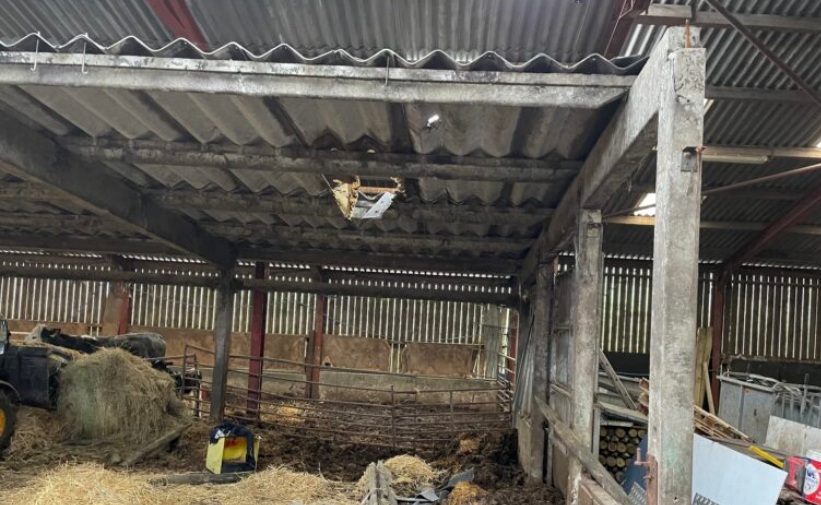
A self-employed builder has been ordered to carry out 200 hours of unpaid work after a labourer fell over 13 feet through a barn roof, sustaining serious injuries.
James Dargan-Cole, 25, failed to implement safety measures to prevent falls while working at height at Great House Farm, Todmorden, West Yorkshire, on 13 April 2023.
The victim, 29-year-old Jacob Thomas, was injured on his first day on the job while removing boarding behind the roof of a lower barn on the farm.
He stepped onto a skylight and fell through, suffering a brain haemorrhage and multiple fractures to his skull, spine, sternum and shoulder.
A Health and Safety Executive (HSE) investigation found Dargan-Cole had failed to properly assess or control the risks associated with working at height, and that the roof also contained asbestos.
The builder lacked adequate knowledge to manage the dangers involved in dismantling the barn structure.
HSE emphasised the ongoing dangers of working at height and asbestos exposure.
The watchdog’s “Asbestos and You” campaign raises awareness of the lethal risks of asbestos, which remains the UK’s biggest workplace killer, responsible for around 5,000 deaths each year.
Dargan-Cole pleaded guilty to breaching the Health and Safety at Work Act 1974.
On 1 April 2025, Leeds Magistrates’ Court sentenced him to a 12-month community order, including 200 hours of unpaid work, and ordered him to pay £2,500 in costs.
Principal inspector Paul Thompson from HSE said: “Mr Thomas suffered horrific injuries due to the failure to ensure protective fall prevention or collective fall mitigation measures were in place.
“This incident came about as a result of poor planning, management and monitoring of activities during work at height.
"I hope this case serves as an example and a reminder to others about the potential deadly risks they often undertake and how they should be approached.”
